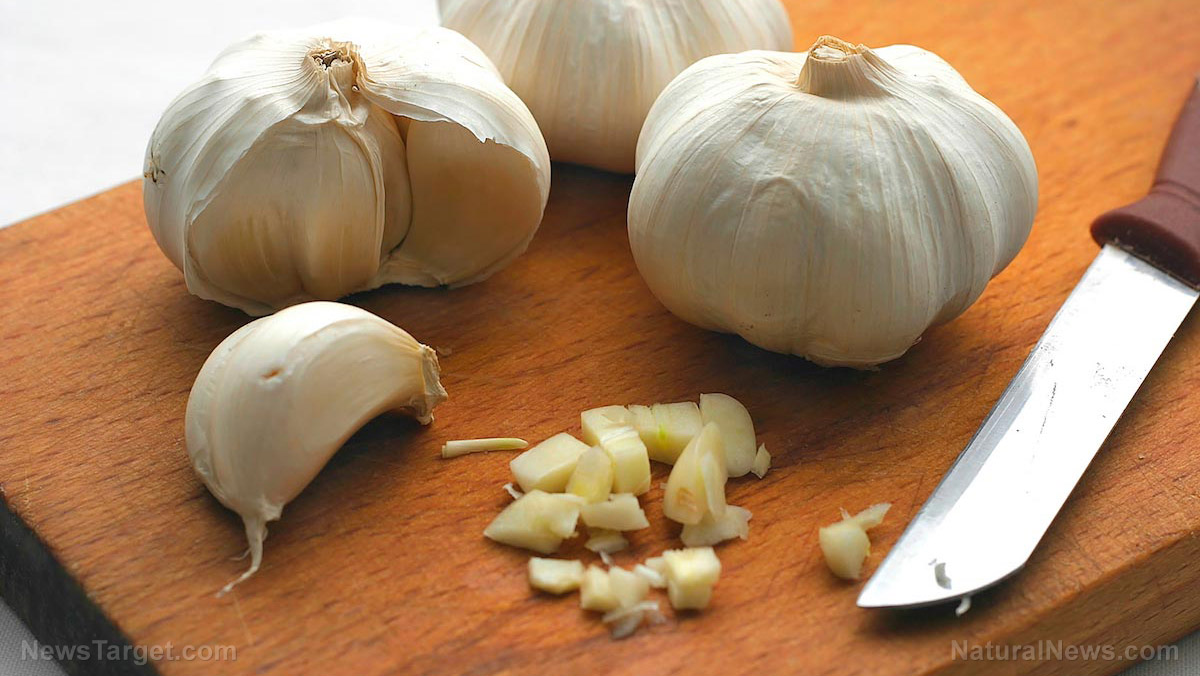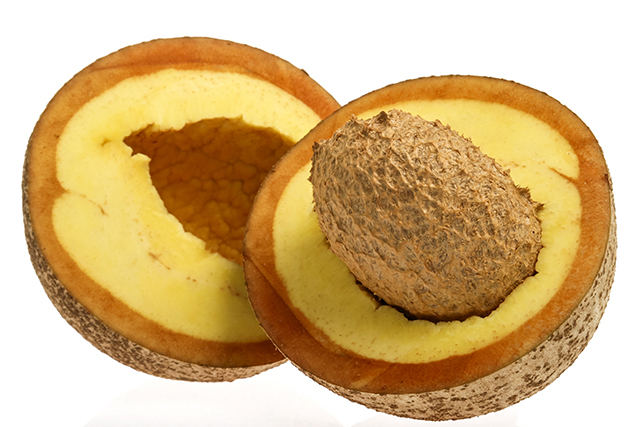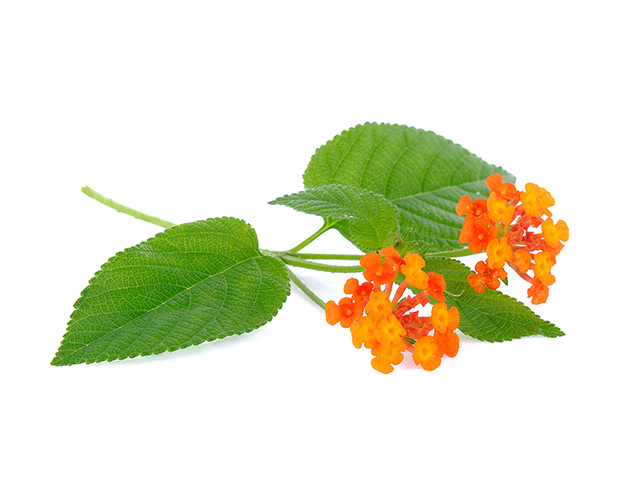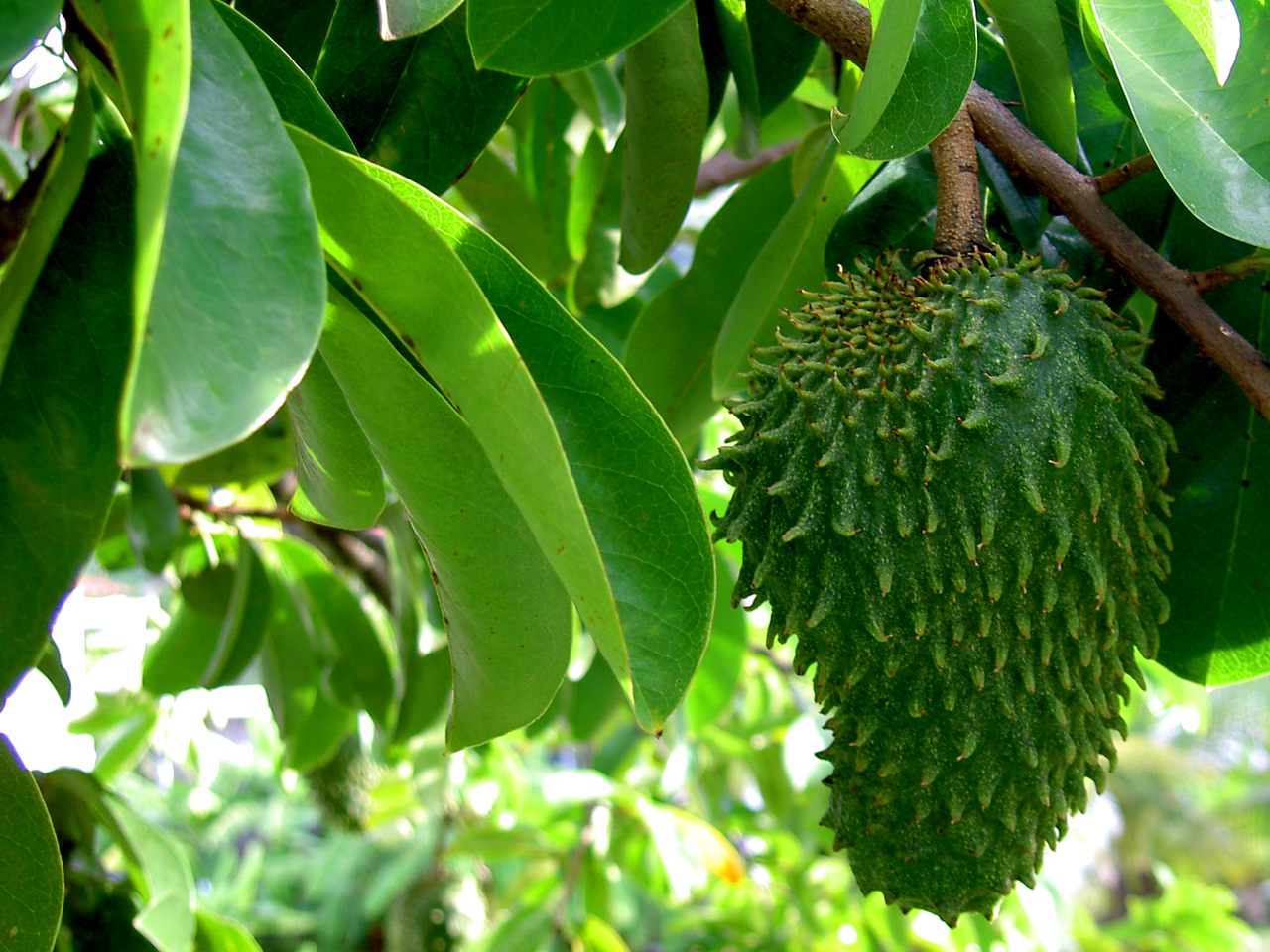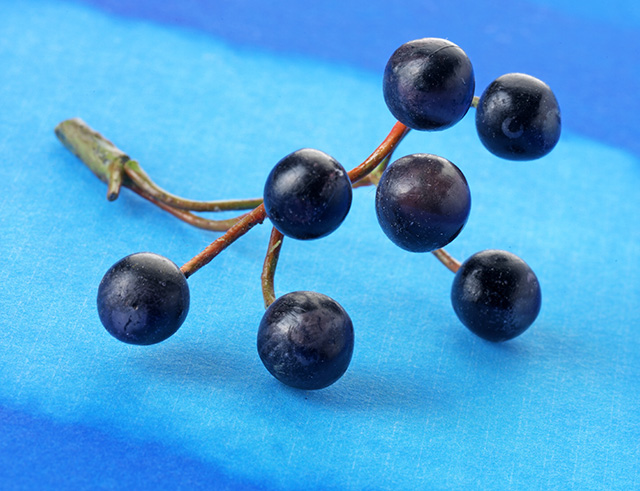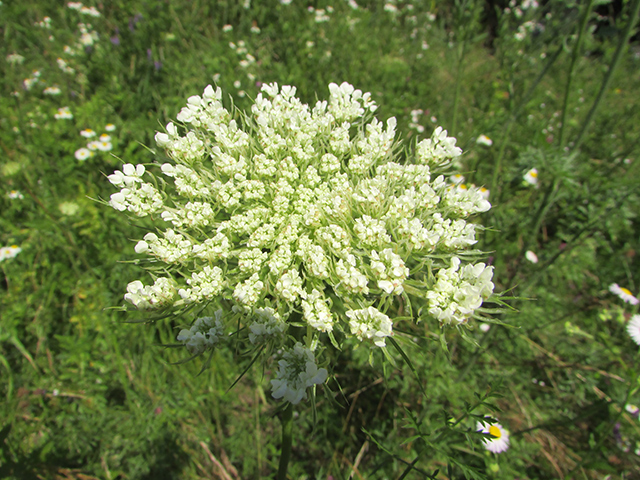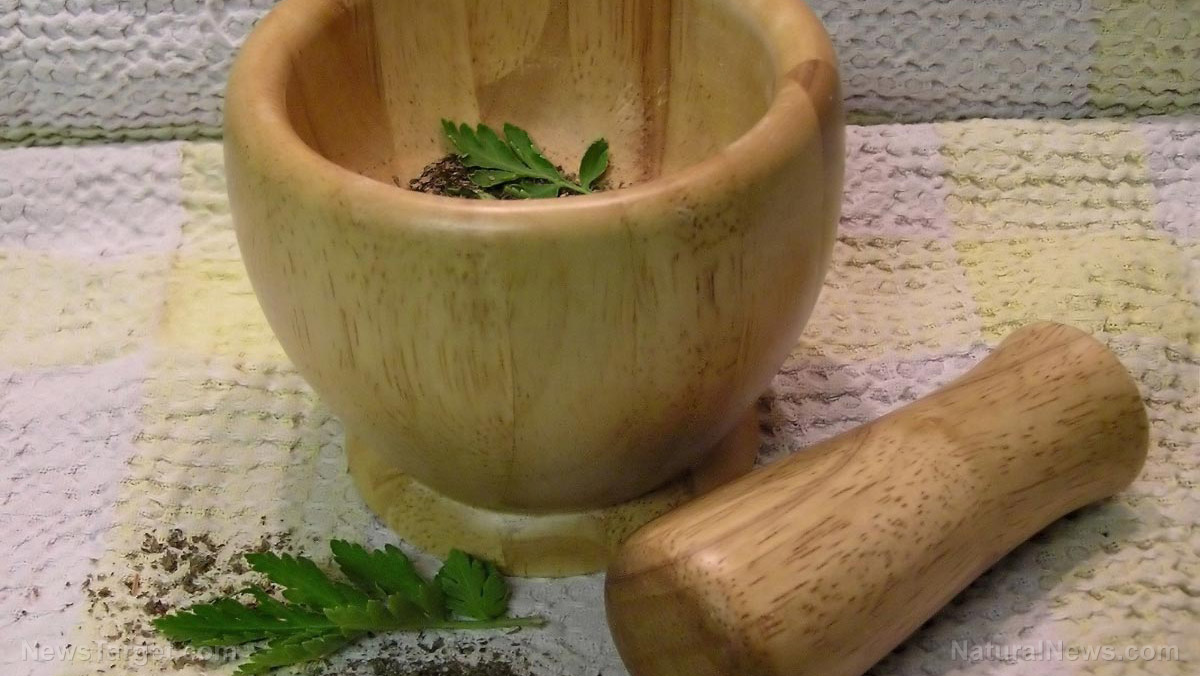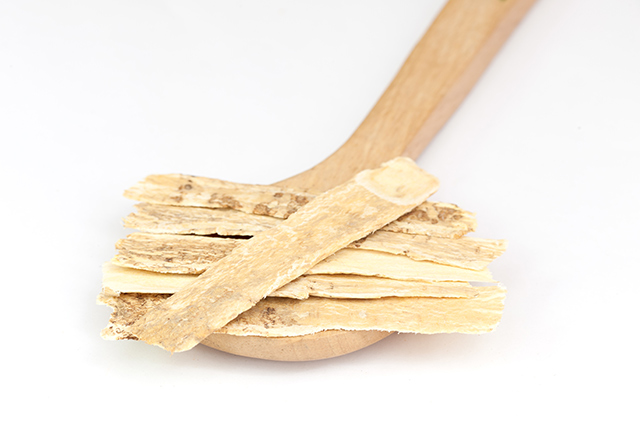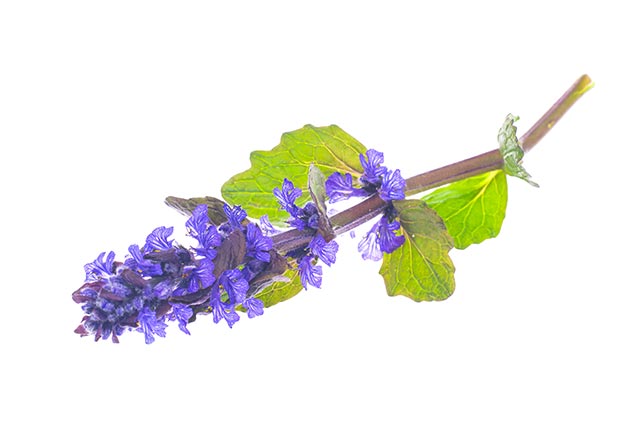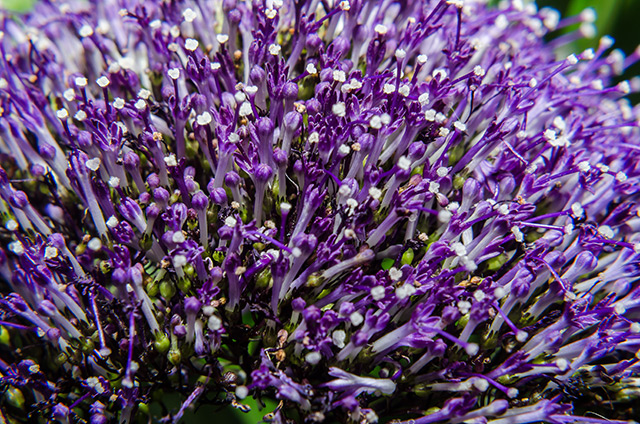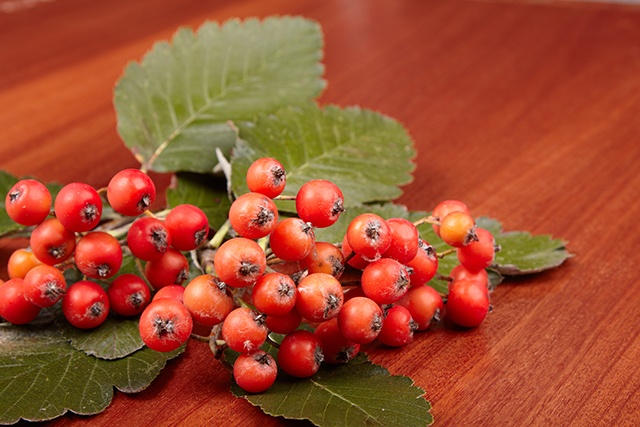Curly dock found to help prevent osteoporosis
08/20/2018 / By Ralph Flores
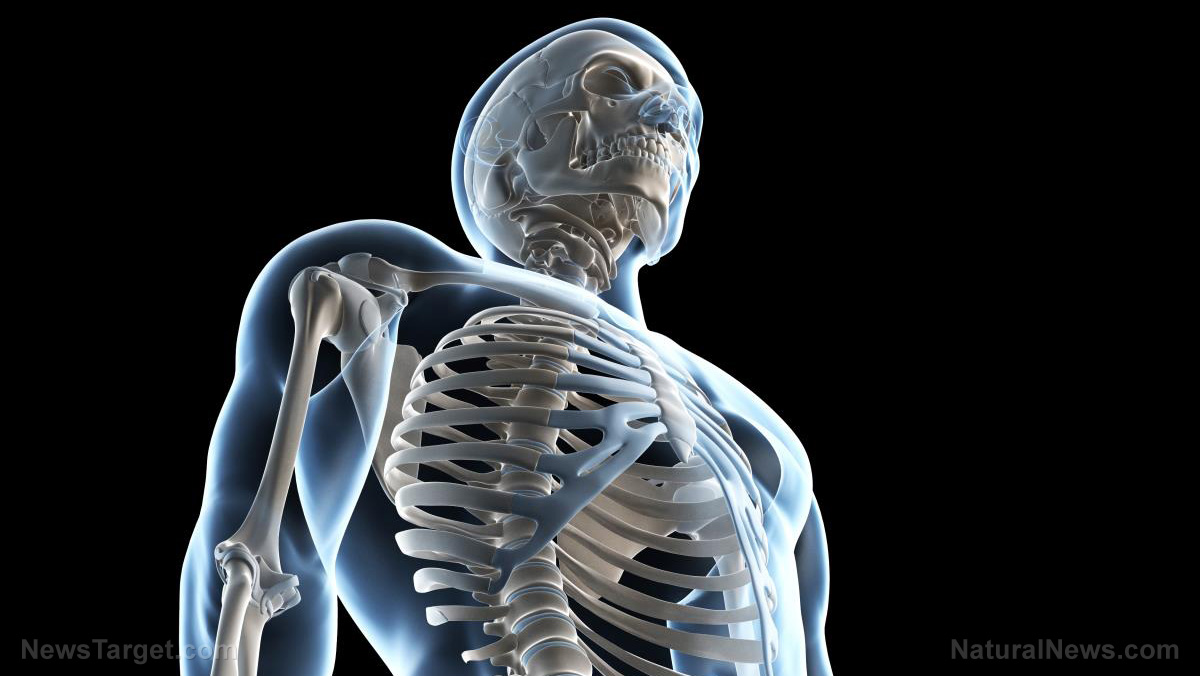
People who are at risk for osteoporosis would do well to be acquainted with curly dock (Rumex crispus). According to researchers from the Korea Institute of Oriental Medicine, the roots of the herb curly dock can be used to prevent weak and brittle bones. The study, which appeared in BMC Complementary and Alternative Medicine, examined whether the plant can improve bone development and differentiation in those who have initial symptoms of bone destruction.
In traditional medicine, the roots of curly dock have been used to treat skin and respiratory conditions. More recent studies, however, have also identified the plant’s pharmaceutical ability to inhibit free radicals, cause apoptosis of cancer cells, and prevent the spread of abnormal cells. It also revealed that curly dock can improve bone nodule formation in bone cancer; however, its full effects have yet to be determined. Thus, the researchers used a water extract of curly dock to determine its effect on bone formation – including its efficacy against an osteoporosis animal model.
For the study, researchers used a receptor activator of nuclear factor kappa-B ligand (RANKL) to induce bone loss. Mice in this experiment were injected with RANKL in the abdominal cavity, and they were treated with either a water extract of curly dock or a placebo solution afterward. The rats were treated for seven days, with researchers harvesting the femur after the experiment. In addition, multiple tests were also conducted to evaluate the chemical properties of the extract.
The findings revealed that the water extract of curly dock improved bone mineralization and development. It was also able to protect the bone from RANKL-induced bone loss, based on bone analyses conducted after the experiement. This bone-protective effect can even extend to late stages of bone formation. The researchers noted that this biological effect could come from various components that are present in the water extract. A closer examination of the chemical properties of curly dock revealed the presence of various phenolic components, of which three (emodin, chrysophanol, and physcion) inhibited RANKL-induced bone destruction, while others (chrysophanol and physcion) improved bone formation.
100% organic essential oil sets now available for your home and personal care, including Rosemary, Oregano, Eucalyptus, Tea Tree, Clary Sage and more, all 100% organic and laboratory tested for safety. A multitude of uses, from stress reduction to topical first aid. See the complete listing here, and help support this news site.
“WERC [water extract of curly dock] inhibited RANKL-induced osteoclast differentiation by suppressing the RANKL signaling axis, and prevents bone loss in a mouse model,” the researchers concluded. “This suggests that WERC could be used as a pharmacological candidate for traditional medicine in the prevention and treatment of osteoporosis.” (Related: The glossy privet fruit, a popular Chinese herbal medicine, can prevent osteoporosis in menopausal women.)
Natural ways to manage osteoporosis
Osteoporosis is defined as the weakening of bones, which can increase the risk of fracture, especially in the wrists, hips, and spine. In the U.S., at least one out of five women over the age of 50 is at risk of developing osteoporosis, and at least half of sufferers will experience a bone fracture in their lifetime. Fortunately, a lot of things can be done to prevent and treat osteoporosis. Here are some recommended natural treatments.
- Exercise. This may be a natural, healthy step to slow osteoporosis, but it also brings a lot of additional health benefits. In particular, weight-bearing exercise builds strong bones and maintains bone mass. Some exercises that effect bone mass include jogging, dancing, weightlifting, step aerobics, hiking and racquet sports. Regular exercise can also help strengthen muscles and improve balance, which can greatly reduce the risk of falls.
- Nutrition. On average, a person over 50 years should consume 1,200 mg of calcium per day. Foods that are high in calcium include cheese, spinach, collard greens, tofu, salmon, sardines, and yogurt. Soaking up some sun is also important since it helps the body with calcium absorption. Finally, eating more broccoli, spinach, cabbage, kale, asparagus, dark green lettuce, and turnip greens provides the body with vitamin K, which can reduce the risk of bone fracture, especially in women after menopause.
People at risk of osteoporosis need to cut back on protein and salt in their diet – these could cause a loss of calcium, which is essential for bone health. They also need to avoid caffeine, soda, alcohol, and smoking, as these decrease calcium absorption.
Learn more plants that help with bone development at Herbs.news.
Sources include:
Tagged Under: aging, bone loss, Bones, herbal medicine, longevity, natural cures, natural medicine, natural remedies, Osteoblast, Osteoclast, osteoporosis, plant cures, plant medicine, Rumex crispus, women's health


